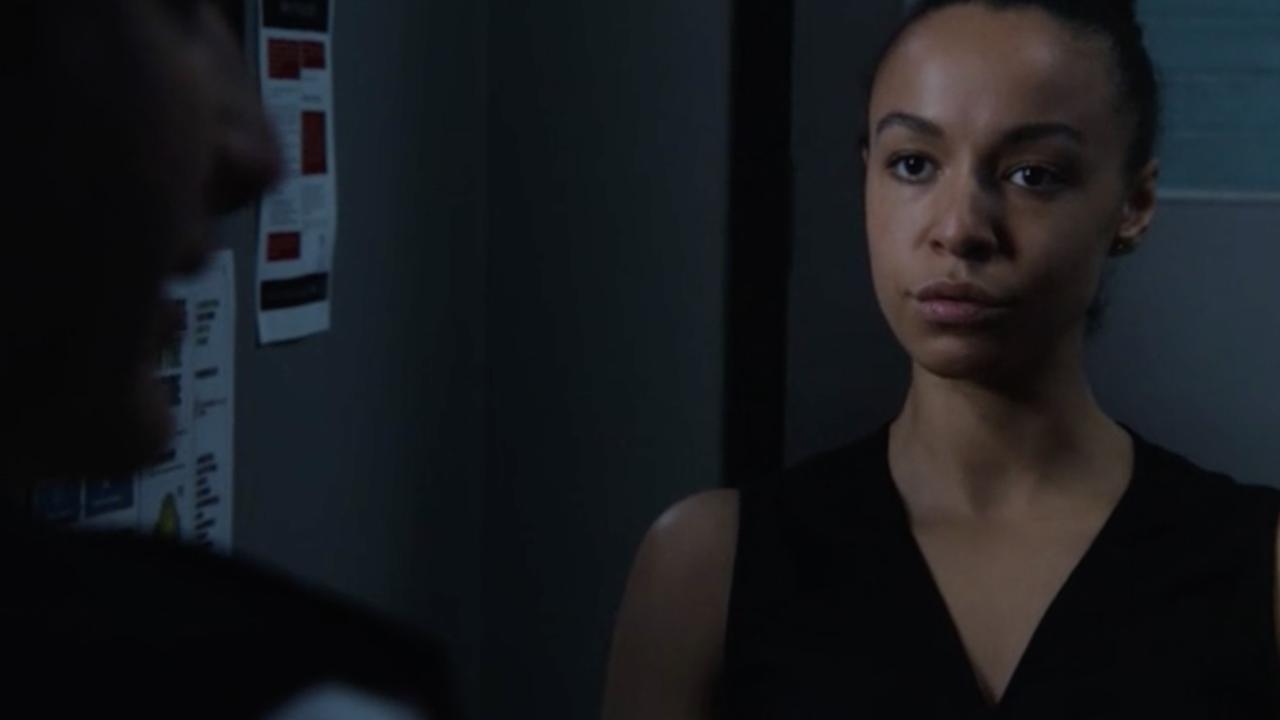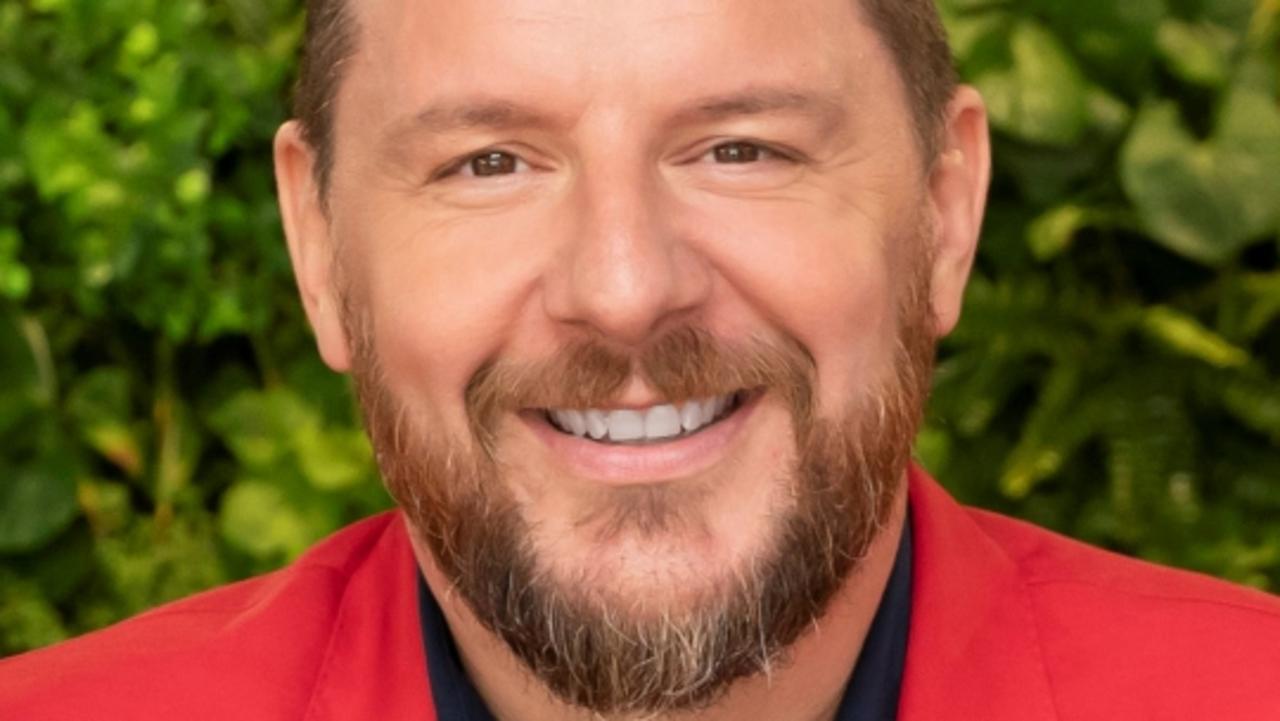Gordon Ramsay catches eels, forages for bugs and eats guinea pigs in new show Uncharted
Celebrity chef Gordon Ramsay is used to intense cooking situations, so he was unfazed at putting his life on the line to eat some truly bizarre things in his most extreme culinary challenge yet.
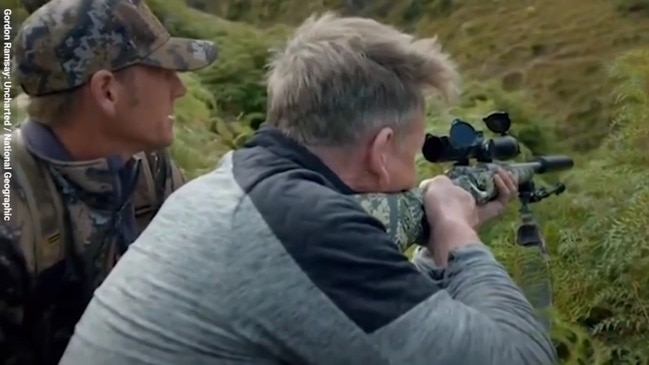
Entertainment
Don't miss out on the headlines from Entertainment. Followed categories will be added to My News.
“The things I do for food,” says Gordon Ramsay in his new food-travelogue series Uncharted, as he launches his kayak into the swirling rapids of the Mekong River in search of culinary inspiration.
It’s a throwaway line from the multiple-Michelin-starred British chef, but it could easily be an alternative title for the six-part show, which sees him visit Morocco, Peru, Laos, New Zealand, Hawaii and Alaska meeting with indigenous people and local chefs.
And whether he’s rappelling down a waterfall to find a mushroom, hanging from the side of a cliff to lasso a tasty cactus, being bitten while foraging for bugs to barbecue or hurling monster eels out of a creek with his bare hands, the sweary, marathon-running chef is more than happy to indulge his adventurous streak to better understand local cultures through their unique dishes, flavours and ingredients.
And an added bonus of getting so far off the beaten track, whether cooking for monks in Laos or indigenous Peruvians high in the Andes, was that most of the people he met had no clue that he is one of the most famous chefs in the world, with a string of acclaimed restaurants and countless appearances on television, from his own Hell’s Kitchen and Ramsay’s Kitchen Nightmares to our very own MasterChef.
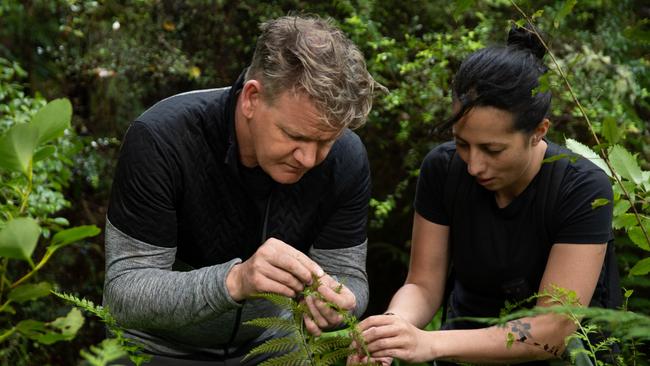
“Going to those uncharted territories and not being recognised is a dream because they’ve got no idea who the hell you are,” he says.
“Just this 220-pound guy with blond hair and white skin and doesn’t bend down tall enough to fit in the hut and can barely stand on his knees for longer than 45 minutes. The fascinating thing about not even understanding their language and talking through food was a massive connect for me.”
Part of his personal journey while making the program was understanding what he didn’t know, and he proved himself to be a quick and eager student for the local chefs against whom he has a cook-off at the end of each episode.
Rising New Zealand chef Monique Fiso shares her proud Maori heritage and traditions with Ramsay by teaching him how to cook a hangi, in which food is cooked in a pit covered by hot stones.
She says that the man famous for barking profanities at his kitchen staff (the bleeps also come thick and fast in Uncharted) was not above being schooled himself and bowing to the local experts.
“Gordon was game-on, and he was great,” Fiso says.
“He followed the instructions — and you can really hurt yourself doing a hangi, it’s very, very dangerous and he was super respectful, took it on-board, didn’t mind that I had to yell at him. I don’t care how famous you are at that point, it is a dangerous cooking method. I want to make sure everyone’s safe.”
Australian adventurer Mick O’Shea, the man who guided Ramsay down the rapids on Laos en route to a remote jungle village, agrees, adding that his passion and curiosity for food — and willingness to take the stings while shaking ant larvae from a tree — endeared him to the sometimes bemused locals.
“You know, when Gordon came to Laos, the people down there have very little exposure to people being interested in their food,” O’Shea says.
“And for someone like Gordon to come in and genuinely participate in cooking and really show a lot of interest and respect for the food and the culture, it really made a quick transition to getting close to those people.”
Ramsay, who freely admits he is “not very good at being crap at something” embraced the “vulnerability” of not knowing exactly how the trip was going to pan out and enjoyed placing his trust in the experts.
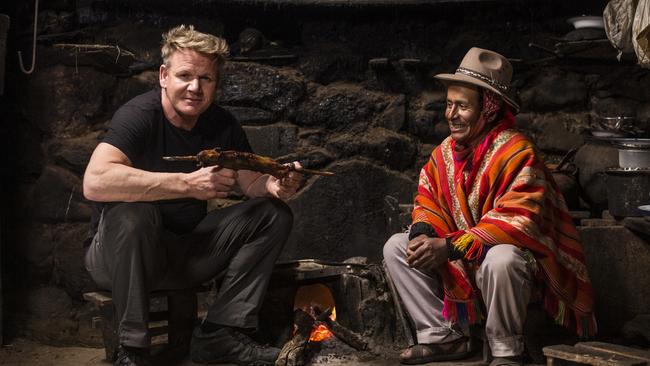
“It was experts that were solid in their field,” Ramsay clarifies.
“I’d never been in a kayak before, driving down the road before we hit that incredible river, the Mekong.
“And Mick said, ‘How much kayaking have you done?’ I said, ‘Dude, look at the size of me. I capsize every time I sit in a kayak’. So, I … yeah, I want that vulnerability, I think. I think that’s the rawness of the program.”
Ramsay also proves he’s up to a culinary adventure, eating guinea pig and alpaca in Peru, various bugs and grubs in Laos and New Zealand as well as all manner of exotic herbs and plants. But can diners expect a radical reinvention of his menus?
“That’s a really good question,” he says with a laugh.
“Well, I won’t be putting guinea pig on the menu in Vegas, that’s for sure. You have to look beyond that furry, cuddly pet thing, because this is a means to an end and a way of not just surviving, but an incredible protein.”
“Would I bring certain items back? I think the influence from New Zealand, without a doubt. New Zealand never gets the look it deserves because of the sort of boisterousness of Australia, and it’s a bit like Welsh food against English food.”
Ramsay says he has since sent some of his London chefs to follow in his footsteps to pick up some of the techniques and learn from the local contributors.
While influences such as the Kiwi method of cooking fish wrapped in kelp might well be adopted, there are limits.
“I’m not too sure about the blown-up small intestines of the seal,” he says of the skills he learned from a Tlingit elder in the Alaska episode.
“How well that would go down for Sunday lunch at the Savoy Grill, I don’t know. Ask me that question next week when there’s a riot outside the hotel.”
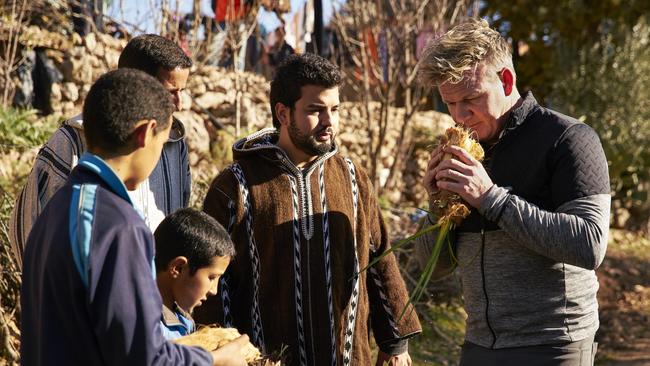
Although Ramsay says he was eager to learn, some old habits die hard.
As one of the highest profile chefs on the planet — and one who seems to never be far from one controversy or another — he’s used to criticism, but he found tough crowds in the most unlikely of places.
READ MORE:
CRUEL RAMSAY STUNT BLASTED BY VIEWERS
GORDON RAMSAY WELCOMES FIFTH BABY
GORDON RAMSAY SHOWS OFF RIPPED BOD
Having lovingly whipped up alpaca hearts in Peru, he was stung to have them rejected by the locals for being undercooked.
“It’s good, I think, to have that food thrown back in your face from time to time,” he concedes.
“Listen, I’m not a delicate soul. I have thick skin. It does hurt either way, having your food sent back or still getting a bad review. You take it personally. I think that’s the whole thing about food, right? Any of our profession, you know, when it’s not right. If I didn’t feel for it then I wouldn’t be here, right?”
WATCH: Gordon Ramsay: Uncharted, Monday, 8.30pm, Foxtel’s National Geographic Channel

